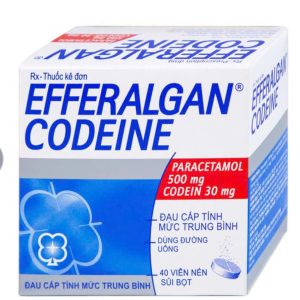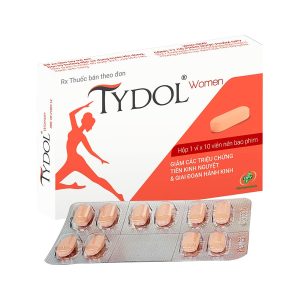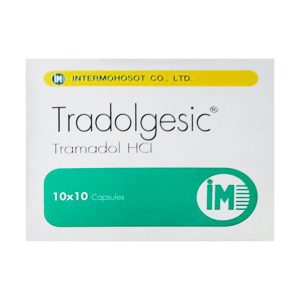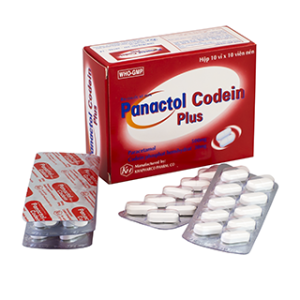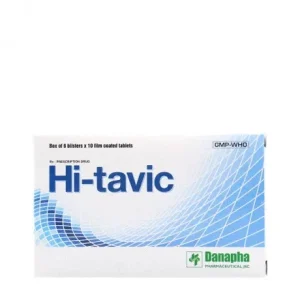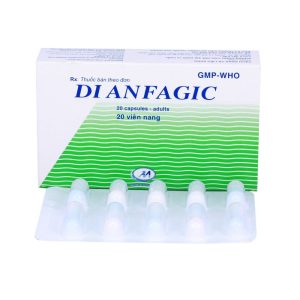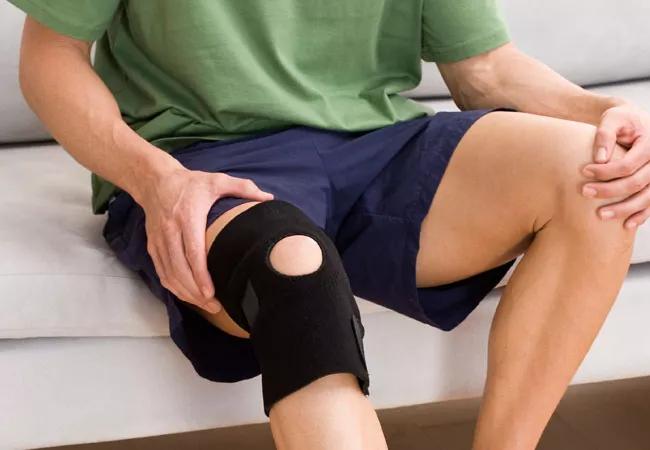We deliver to you every day from 7:00 to 23:00
The best discounts this week
Every week you can find the best discounts here.
What’s the Best Pain Relief for Knee Pain?
Knee pain is a common issue that affects people of all ages. Whether caused by injury, arthritis, or everyday wear and tear, knee pain can significantly impact your quality of life. Finding the best pain relief for knee pain can make a world of difference in managing the discomfort and improving mobility.
In this article, we’ll explore various options for knee pain relief, from home remedies to medical treatments, helping you choose the best solution for your needs. Let’s dive into the most effective ways to tackle knee pain and regain your comfort.
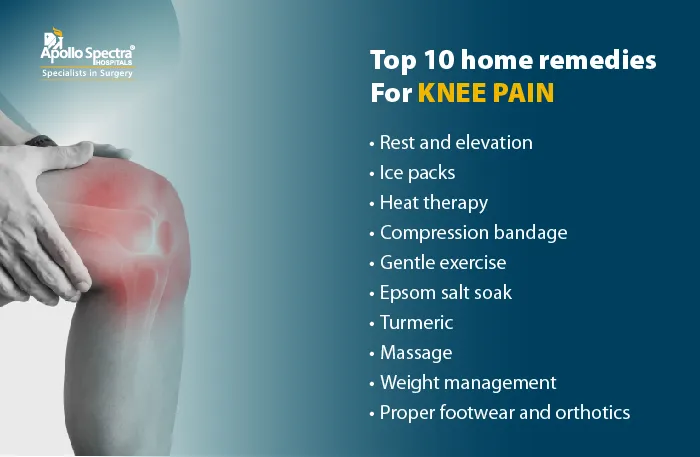
Understanding Knee Pain
Before we discuss the best remedies for knee pain, it’s essential to understand what causes it. Knee pain can result from a variety of factors, including:
-
Injury: This includes sprains, strains, fractures, or ligament damage.
-
Arthritis: Osteoarthritis and rheumatoid arthritis are common conditions that affect the knee joints.
-
Overuse: Repetitive stress from activities like running or sports can lead to knee pain.
-
Aging: As we age, the cartilage in the knee wears down, leading to discomfort.
Knowing the underlying cause of your knee pain is crucial in choosing the most effective treatment.
Top Pain Relief Options for Knee Pain
There are several ways to alleviate knee pain, ranging from self-care methods to professional medical treatments. Let’s look at some of the most popular and effective options.
1. Over-the-Counter Medications
For mild to moderate knee pain, over-the-counter (OTC) medications are often the first line of defense. Medications like acetaminophen (Tylenol) or nonsteroidal anti-inflammatory drugs (NSAIDs), such as ibuprofen (Advil) or naproxen (Aleve), can help reduce pain and inflammation.
-
Acetaminophen: It’s a pain reliever that doesn’t have anti-inflammatory properties but is gentler on the stomach than NSAIDs.
-
NSAIDs: These medications work by reducing inflammation, which is often the root cause of knee pain.
While these medications can offer temporary relief, it’s important not to rely on them long-term without consulting a healthcare provider. Overuse can lead to side effects such as stomach ulcers or kidney issues.
2. Physical Therapy and Exercise
A physical therapist can design a personalized exercise program to strengthen the muscles around your knee, improving stability and reducing pain. Regular exercise can also help improve flexibility, which reduces stiffness and discomfort.
Benefits of Physical Therapy:
-
Strengthens surrounding muscles: Building strength in your quadriceps, hamstrings, and calf muscles can take pressure off your knee joint.
-
Improves range of motion: Stretching and mobility exercises can help prevent stiffness and improve overall knee function.
-
Personalized approach: A physical therapist can tailor a program specifically for your knee pain.
3. Hot and Cold Therapy
Using hot and cold therapy is a simple and effective way to relieve knee pain. Heat can help relax and loosen tight muscles and improve blood flow to the area, while cold therapy (such as ice packs) helps reduce inflammation and numb the pain.
-
Cold therapy: Best for reducing swelling and inflammation, especially after activity or injury.
-
Heat therapy: Ideal for soothing stiff or tight muscles, especially if your knee pain is related to arthritis.
Both treatments can be used in combination to target pain and inflammation.
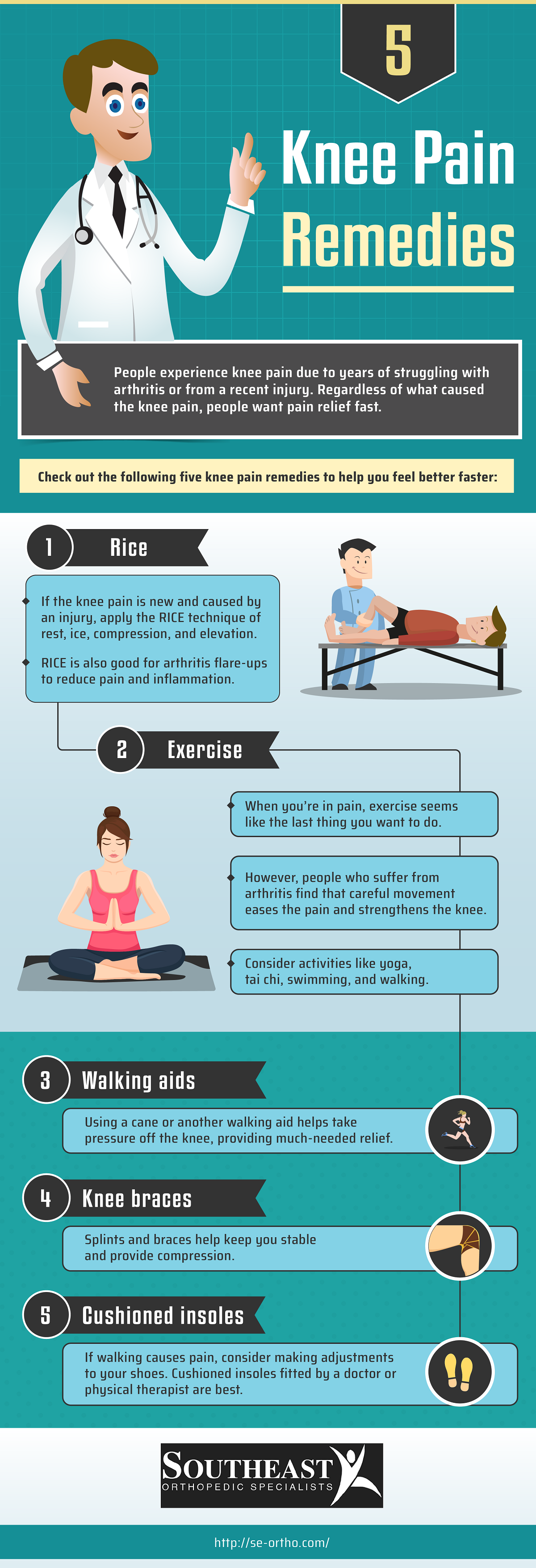
4. Knee Braces and Supports
A knee brace can provide stability and support to the knee, especially if you have a history of knee injury or arthritis. Braces help by reducing stress on the joint and preventing further damage.
-
Compression sleeves: These sleeves provide mild compression that may help reduce swelling and improve knee function.
-
Stabilizing braces: More rigid braces offer additional support, ideal for people with knee instability or after surgery.
Braces are especially useful for individuals who need to engage in physical activity but want to minimize knee pain and risk of injury.
5. Injections
For more severe knee pain, especially in cases of arthritis, injections may provide significant relief. There are a few types of injections commonly used for knee pain:
-
Corticosteroid injections: These injections can reduce inflammation and provide temporary pain relief. However, they should not be used frequently, as they can weaken the joint over time.
-
Hyaluronic acid injections: These can help lubricate the knee joint, improving mobility and reducing pain, especially in cases of osteoarthritis.
-
Platelet-rich plasma (PRP) injections: PRP therapy uses your own blood to promote healing and reduce pain in the knee joint.
While injections can be effective for relieving knee pain, they are usually considered when other treatments have not worked.
6. Surgery
In some cases, surgery may be the best option for treating knee pain. Surgical options are typically considered when conservative treatments, like medication and physical therapy, fail to provide relief. Some common knee surgeries include:
-
Arthroscopy: A minimally invasive procedure that allows the surgeon to inspect and treat the knee joint using small incisions.
-
Partial or total knee replacement: In cases of severe osteoarthritis or joint damage, a knee replacement may be necessary to improve function and reduce pain.
Surgery is usually the last resort when other methods have failed.
Home Remedies for Knee Pain
In addition to medical treatments, there are several home remedies that can help relieve knee pain. These are simple, natural methods you can use at home to manage your pain effectively.
1. Turmeric
Turmeric contains curcumin, a natural anti-inflammatory compound that may help reduce knee pain. You can consume turmeric in the form of a supplement or add it to your diet by mixing it into your food or making a turmeric tea.
2. Epsom Salt Soak
Soaking your knees in a warm bath with Epsom salt can help relax the muscles and reduce inflammation. Epsom salt is rich in magnesium, which can be absorbed through the skin to help with pain relief.
3. Massage
Gentle massage therapy around the knee joint can improve circulation and reduce stiffness. Massaging the muscles surrounding the knee helps release tension and promotes healing.
4. Weight Management
Excess weight places added stress on the knees, leading to increased pain and wear on the joint. Maintaining a healthy weight can reduce knee pain, especially for those with arthritis or other joint issues.
FAQs About Knee Pain Relief
1. How long does it take for knee pain to improve with treatment?
The time it takes to experience relief from knee pain depends on the severity of the pain and the treatment method. For mild pain, you may experience relief within a few days to a week. For more severe cases, it may take weeks or even months of consistent treatment to see significant improvement.
2. Can knee pain be prevented?
While some causes of knee pain, such as aging or injury, can’t always be prevented, there are steps you can take to reduce your risk. Regular exercise, maintaining a healthy weight, and using proper form during physical activities can help prevent knee pain.
3. Is surgery always necessary for knee pain?
No, surgery is typically a last resort when other treatments like medications, physical therapy, and injections have not provided relief. Most people can manage knee pain effectively with non-surgical treatments.
4. Can I use multiple treatments for knee pain at once?
Yes, combining treatments like medication, physical therapy, and home remedies can be effective for managing knee pain. However, it’s essential to consult a healthcare provider to ensure the treatments are compatible and safe.
Conclusion
Finding the best pain relief for knee pain depends on the underlying cause and severity of the pain. For many people, over-the-counter medications, physical therapy, and home remedies can provide significant relief. For more severe cases, injections or surgery may be necessary.
By exploring various treatment options, you can manage your knee pain effectively and regain your mobility. Always consult a healthcare provider for personalized advice and to ensure that you are using the best methods for your specific condition.
For more tips and tools to help you manage your digital processes, check out DUYTHIN.DIGITAL, where we specialize in automation tools for Facebook, Zalo, Telegram, and other platforms.

